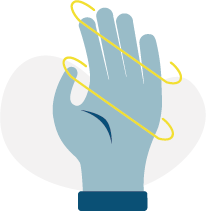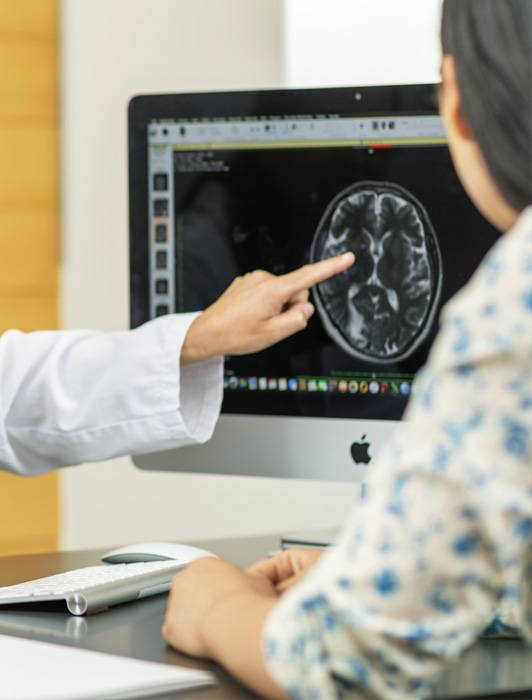The exact cause of dystonia is still unknown at this time, although there is evidence to suggest that it is produced by a functional disorder of the brain circuits that control movement. However, depending on the origin, the following classification has been established:
PRIMARY AND IDIOPATHIC DYSTONIA
Are hereditary or idiopathic genetic forms in which no other responsible disease has been identified. More than 25 different forms of this pathology have been identified, and there are genes and genetic mutations associated with these different forms. There is a classification code for each form beginning with DYT followed by a number. The most frequent isolated generalized forms are associated with the genes DYT1, DYT4 and DYT6.
SECONDARY DYSTONIAS
Are those whose cause is related to factors such as drugs, focal structural lesions of the brain, metabolic disorders, etc.
The pathophysiology of dystonia is complex and involves multiple systems at the central and peripheral level, and different circuits are affected in the basal ganglia, thalamus, cerebellum, and cortex: all of them involved in motor control and in the inhibition of unintended involuntary movements. In a simplified way, the following alterations are described: Loss of inhibition, sensorial alterations, alterations in the sensory-motor integration and abnormal brain plasticity.


